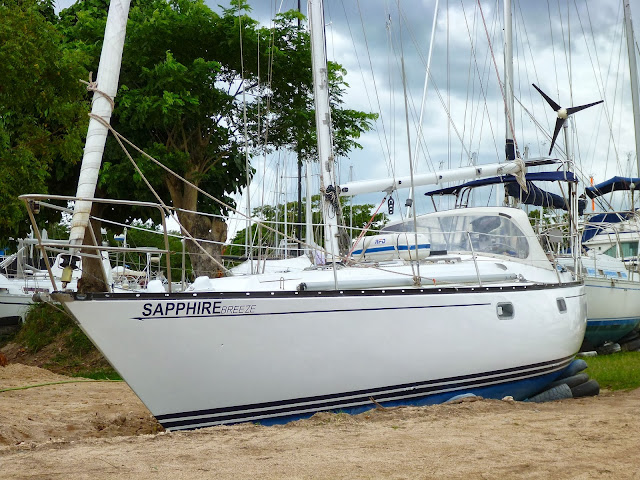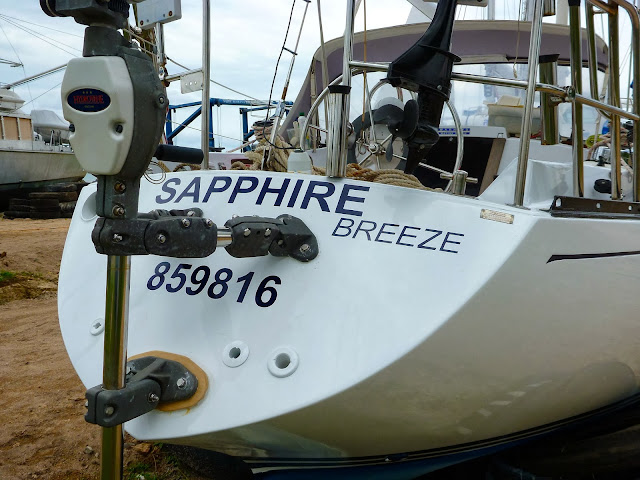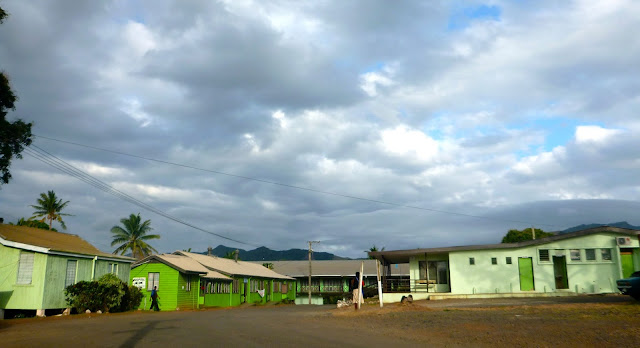 |
| TukTuk and Tree |
The last few days in Aweil were hectic.
Quite apart from having to find the time and energy to write a comprehensive
report on my six week mission and a “handover” document, there were patients to
look after, emergencies to cope with, heat and rain and mud to put up with, and
the endless round of exclamations, regrets, questions and farewells from anyone
and everyone who realized my mission was about to end - How was it?, where are you going? When are
you coming back? Already? On Wednesday night everyone gathered at dinner time
and thanked me for my contribution and wished me a safe trip home in the
morning. All the goodbyes were said and I became a person in limbo, killing
time before the flight in the morning.
 |
| Maura, Thomas and Kristin : wonderful colleagues |
Looking back, I realize there were so many incidents
and events and dramas I could have written about during those six weeks, so
many near death experiences, so many extraordinary examples of extreme obstetrics, of extreme
poverty and awful neglect, that one merged into another during the hectic day
that by the end of it, food and rest and escape from the flood of urgent crises
was all that was on my mind.
I tried to maintain a diary, to keep track
of everything swirling around me, and heres a couple of days from it – they are
quite typical days:
Saturday 6th
July
Started with emergency Caesarean before
breakfast for cord prolapse : All good
The ward round
The hand seems to be improving ( a patient had a horribly infected hand)
The SABO is not improving ( = Sub acute bowel obstruction)
–
took
her to Green World Health Centre for AXR confirmed SABO, then gave enema with
large result – tomorrow if not improving for transfer to Gogriel where there is
a surgeon
–
Green World was interesting, a collection of
tiny shacks labeled Wards, the Xray building another concrete shack, and
Margaret a big sexy woman from east Sudan somewhere
Evacuation of Molar Pregnancy after
ward round
A spontaneous vaginal breech in
primigravida
An iufd at 25 weeks delivered after
arm and synto (IUFD - Intra Uterine Fetal death)
NVD twins (Normal Vaginal Delivery)
Diabetic almost sorted!
Sunday 7th
July
Busy
day though its supposed to be the day of rest:
The hand is improving
The cachexia is not – she is dying
and I don’t know why – probably TB
The SABO is not and needs to go to
Gogriel where there is a real surgeon but its very hard to make this happen –
pt has to be accompanied by a family member prepared to donate blood and to
accept that if she dies MSF will not be able to return her to Aweil this seems
inhumane to me especially as this weekend we have an MSF Official flown here
from new york for god knows what reason, and another director from Juba also
here. Got NG tube passed and large volume of bile stained fluid aspirated
Two casears – a face and an obstruction with ROP in multi
Destructive Delivery – IUFD primigravid LOT after 2 days in labour,
putrid hot mec stained pus and liquor. Demonstrated technique to Paulino
 |
| Bloody footprints |
But even though 42 days on call is quite enough for anyone,
its also too short a time, because I realized it took most of that time to
learn everyones name and to learn which people I could rely on, and who I could
call for help and and what systems and processes were in place that I could use
to get things done, what was possible, what was not. I realized I had learned
enough to start to become really useful just as it was time to go. But now at
the end, mentally unwound I became ready to go.
I was watching the weather and woke early
Thursday morning to the sound of rain. I went in to do a quick ward round at 7
am so I could be back to go the airport at 9 – the rain had stopped, the clouds
were lifting, word came through that the flight was “ON” and saying a last
farewell to the few people still in the compound at 9, I hopped into the
Lancruiser and went to the Airstrip.
 |
| Aweil Departure Lounge |
There was an hour to kill so I just stood
about avoiding the puddles and waiting. The “Terminal” was an open sided shed
with a soaking dirt floor and a few puddles. A tiny drizzle of rain appeared –
there was also a tiny new patch of blue sky on the horizon – and then a guy
with a walkie-talkie had a quick look at the sky and cancelled the flight –
“too wet” he announced. I had heard they tended to cancel flights at the drop
of a hat and this was certainly an over-reaction – I was stunned.
Half an hour later the sun had broken
through but it was too late; the flight was cancelled and I was taken back to
the compound. It was a strange afternoon, because I reappeared in the compound
and then went back to work in the hospital to everyones surprise, but no-one
wanted to go through all the goodbye process again – I was sort of ignored, I
felt like a ghost that nobody could see, as we coped with another round of
dramas and traumas, anaemias and bleeding and pain and birth. I was mentally
unwound and in a different space but had to
wind back up again.
 |
| In case I needed some? |
 |
| The Nile at Juba |
The next morning we went through the same
process but this time the plane arrived and we left on time for Juba, a day
late leaving but too late for my connecting flight. I would have arrived in Sydney on Saturday
evening, but with that delay the next available flight got me to Sydney on
Tuesday, the day after the end of the
five day annual Sydney Boat Show. This was something I had been thinking of as
a kind of reward for all the hardship of Aweil, something I had been looking
forward to attending for months and it took me a while to get over my disappointment.
But I was back in Sydney, back in the Hotel
that had hot showers, really soft pillows, airconditioning, and Room Service!
But better than that was seeing family
and friends,both in Australia and New Zealand a week later. From there I flew
to Fiji, back to the boat and another beginning!


















